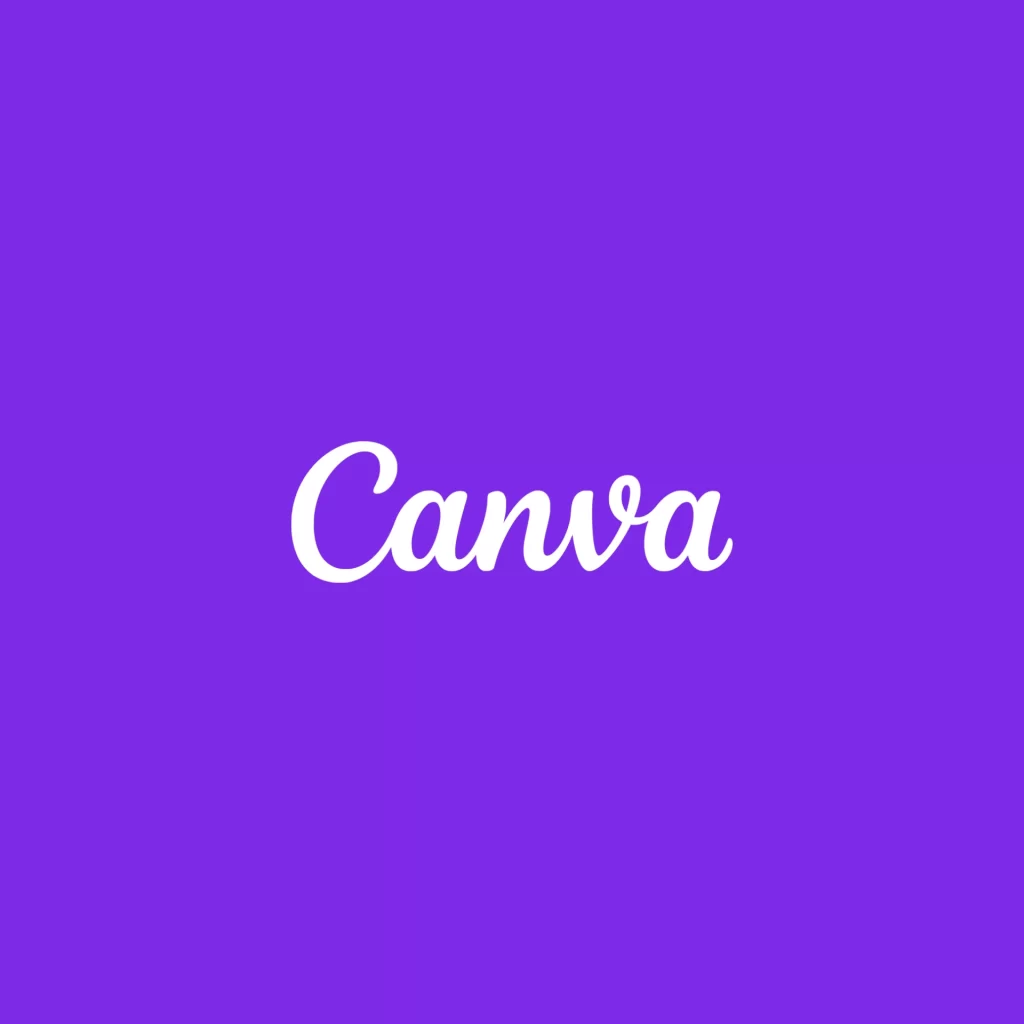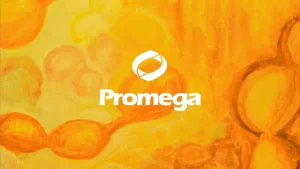Canva is a visual communication platform, enjoyed by more than 175 million people monthly to make presentations, videos, documents, websites, social media graphics and more. A majority of the world’s knowledge workers lack design training, but Canva’s combination of an easy-to-use interface, vast libraries, and time-saving tools allows anyone to create visually compelling content.
Pioneering a new creative process with AI
Canva believes that AI can transform and accelerate the creative process, making design more intuitive and faster for all skill levels. To quickly put AI in its users hands, Canva tapped OpenAI as the foundational model for developing several of the tools for its AI suite, Magic Studio.
Canva aimed to make Magic Studio a unified creative suite that consolidates the best AI technology available into a single platform. While Canva has leveraged AI in its product for years, integrating generative AI tools was a delicate challenge because it required adding more capabilities without complicating the product. After all, Canva’s reputation is based on providing a simple way to produce high-quality content, even for non-professional designers.
Magic Studio had to ensure that various modalities—text, image, video—could work together effectively without overwhelming the user. OpenAI’s GPT-4 excels at incorporating multimodalities into a single workflow, making it possible for Canva to deliver on advanced AI product options while maintaining an intuitive user experience.
“Providing powerful and safe AI technology is critical to Canva’s ability to further the world of design. OpenAI has empowered us to supercharge Canva’s AI vision at speed,” says Danny Wu, Head of AI Products at Canva.
Building Magic Studio, an integrated AI suite
Using the creative power of GPT-4 to power several of the tools within Magic Studio(opens in a new window):
- Magic Write(opens in a new window) is an AI writing tool powered by OpenAI’s API. In addition to generating text in response to a prompt, Magic Write is optimized to support every step of the writing process, including outlining, generating paragraphs, rewriting, paraphrasing, grammar checking, and summarizing. Users across languages and content types have written over 10 billion words using Magic Write.
- Magic Design(opens in a new window), Canva’s design generation tool, pairs OpenAI’s API with Canva’s own AI design engine and library of over 100 million assets and templates. To generate presentations, social media posts, and videos, users simply enter a prompt for what they want to create.
- Magic Switch(opens in a new window) converts one design into countless other formats at the click of a button. Canva leverages OpenAI’s API and vision technology to help parse and understand the content designs, from whiteboards to presentations. Magic Switch can summarize, translate, rearrange, or even convert it to another format like an email song lyrics. All the user has to do is describe what they want, such as “convert this poster to a presentation in French” or “make this document horizontal.” And OpenAIs GPT-4 model supports more than 100 languages for instant translation.

Magic Design pairs OpenAI’s API with Canva’s own AI design engine and library of over 100 million assets and templates.

Magic Switch converts one design into countless other formats at the click of a button.
Creativity through collaboration
Canva’s in-house AI development team knew it could go further and faster through collaboration directly with OpenAI. They wanted to ensure they were building AI tools that adhere to the trust and safety guidance of customers while opening doors for innovation.
OpenAI’s robust safety practices and controls, augmented by collaboration between each platform’s respective Trust and Safety teams, make Canva confident in deploying safe and responsible AI. “We have deep respect for the mission of OpenAI, and its charter,” Wu says.
Canva’s tight partnership with OpenAI extends beyond Magic Studio. A native DALL-E app(opens in a new window) makes it extremely simple to generate high-quality images right in Canva. Or if you’re in ChatGPT, the Canva GPT(opens in a new window) makes generating visual assets as easy as having a conversation about what you want to create. This custom GPT has proven to be a strong source of new user acquisition for Canva.
More progress coming
To date, people worldwide have used Canva’s AI products more than 5 billion times.
Back in 2018, Canva began imagining Magic Studio as something that only technology in the “far far future” would allow. Advancements by Canva and OpenAI have made this a reality much sooner than expected. Yet for all they’ve accomplished so far, Wu believes that in terms of the possibilities for AI design generation, “we’re only 1% of the way there.”




